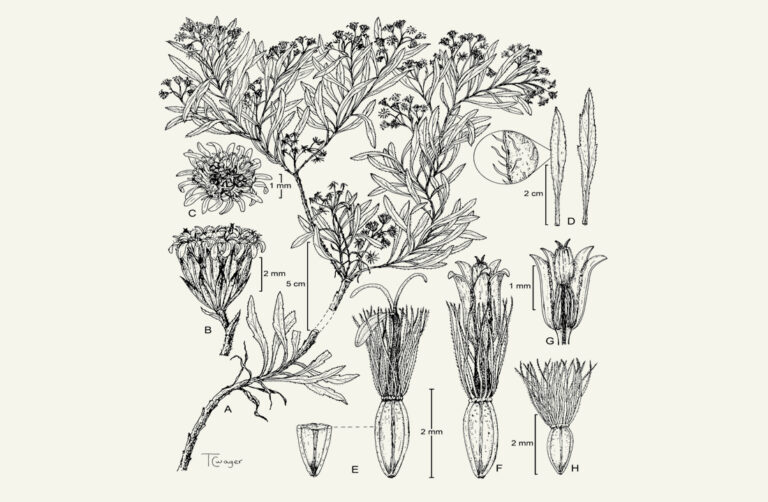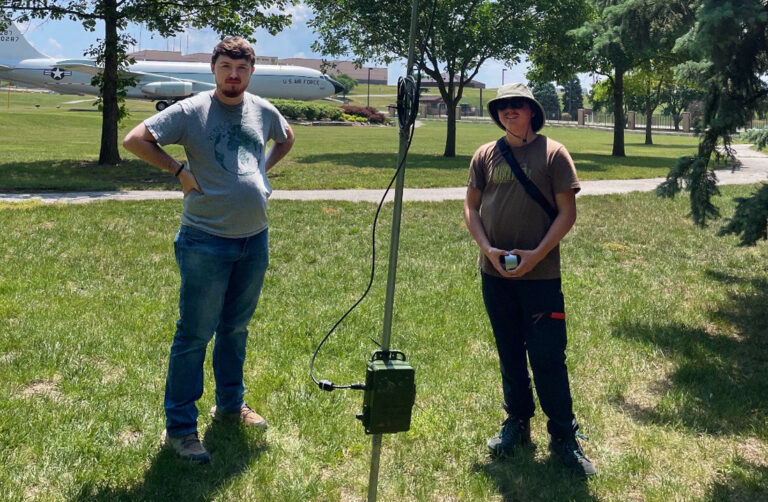CEMML provides a full range of vegetation and habitat management services. Our experts offer threatened and endangered species management, ecological restoration, invasive species control, and more.
Vegetation and Habitat Services
Federal Compliance
- Preparation of biological assessments.
- Endangered Species Act (ESA) species and habitat support for DoD installations.
- State listed species and habitat support in coordination with state Division of Wildlife.
Habitat Management and Restoration
- Surveys of flora and fauna, wetlands, rare plants, and vegetation classifications.
- Creation and implementation of remediation plans; for example, restoring native species, removing illegal trash dumps, and returning surface water flow to wetlands.
- Restoration of damaged ecosystems, including remediating degraded streams, raising water tables, and restoring wetland habitat.
- Coordination and management of multi-disciplinary teams and diverse stakeholders to drive habitat restoration projects from inception, through the design phase, into the active restoration phase, and finishing with monitoring after design implementation.
Inventory and Monitoring
- Development of sampling protocols.
- Collection and analysis of field data on species abundance, distribution, and population viability.
- Collection of voucher specimens, development of image libraries for cataloging and querying.
Specialized Data Management and Analyses
- Visualization of natural resources, management challenges, and management approaches.
- Database management, including compiling and summarizing data, conducting quality control, migrating data to alternate systems, and standardizing data.
- Use of LiDar and hyperspectral imagery, vegetation and habitat mapping, modeling, location mapping.
- Recommendations for compliance with federal regulations and laws.
Invasive Species Control
- Monitor, survey, and control infestations of weeds and invasive plant species.
Email Vegetation and Habitat Services inquiries to cemml@colostate.edu.
Other CEMML Natural Resources Management Services
Related Stories

CEMML botanists help gain recognition for new Hawaiian plant species
After 35 years since its initial discovery, Hawai’i has a newly recognized species of pamakani, thanks to the persistance of CEMML biologists. Dubbed Tetramolopium stemmermanniae, the daisy-like plant joins 47 other species of rare plants found within Hawaiʻi’s U.S. Army Garrison Pōhakuloa Training Area.

Spreading the love of monarchs: CEMML intern works with Midwestern pollinators
As part of his CEMML internship, Alexx Uecker’s work for the Midwest Natural Resources Program of the Air Force Civil Engineer Center gave him the opportunity to study bats and support important pollinators like the monarch butterfly. During his six-month experience, Uecker supported monitoring and survey efforts at Air Force bases across the Midwest.

Ecology expert joins CEMML Executive Committee
After 7 years as a principal investigator, Dr. Mindy Clarke joins CEMML’s executive committee as an assistant director. Clarke brings 25 years of environmental management experience to CEMML’s leadership team and a passion for bridging the gap between science and management.
Share this page on social media